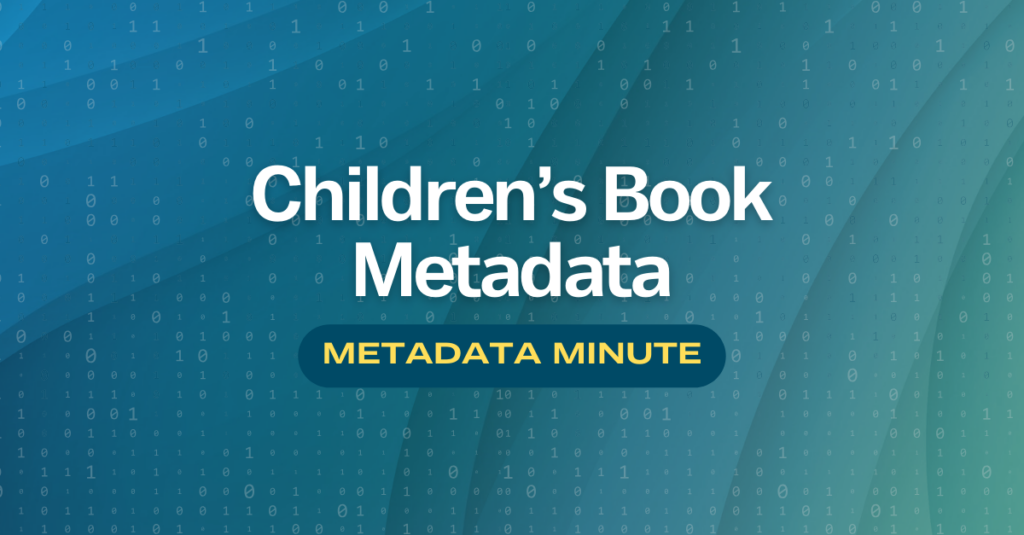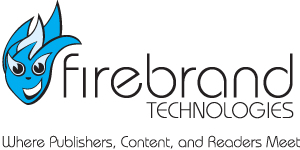
Metadata Minute (Issue #10): Children’s Book Metadata
Unlocking the full potential of children’s books involves understanding their unique metadata needs. While similarities with adult books exist, there are some key differences that can help you boost their sales and visibility. Here are some children’s book metadata suggestions for you to consider:
Age Ranges: When adding age and/or grade ranges, be sure to keep them as narrow and specific as possible. Remember: on average, a three-year old and six-year old child have vastly different reading abilities.
Amazon: While children’s book publishers typically have an educated understanding of children’s book criteria, Amazon and other retailers may not. Be sure to include any necessary information regarding the education level of the book, even if retailers don’t always use them, such as reading level, grade, or parental guidelines, content warnings, and potential choking or safety hazards.
Illustrator: Children’s books often highlight the illustrator prominently alongside the author. Be sure you’re recognizing the visual storytelling aspect which is crucial for young readers.
Interactive Elements: If the book includes interactive features, like lift-the-flaps, sound buttons, or touch-and-feel components, be sure to include these in your description to showcase the book’s interactive capabilities.
Keywords: Keywords for children’s books go beyond simply the plot, genre, or topic of the book. Think of what’s important to a parent. What would a parent type into the search field to come across your title? Consider including keywords about…
- Educational concepts, such as counting, alphabet, shapes, or colors
- Themes explored, such as friendship, family, courage, diversity, or nature.
- Learning goals or skills the book promotes, such as early literacy or STEM
- Artistic style of the illustrator. Do they use watercolors, digital art, or realistic vs. comic-style illustrations?
- The main characters! Are they dogs, cats, or fish? Are they monsters or aliens, or maybe dinosaurs? If not human, definitely include these in your keywords.
- Reading level and/or grade level
- Format: Is it a chapter book, graphic novel, board book, etc.
Give your children’s books their best possible chance of success by following these guidelines! To learn more about different types of metadata and how to get the most out of them, consider taking Joshua’s Learning Metadata for Book Publishing Online Class! Subscribe to the Metadata Minute for more monthly metadata tips.
The Metadata Minute is your monthly guide to boosting book sales and visibility by mastering metadata elements! Whether you’re an author, publisher, marketer, or industry enthusiast, “Metadata Minute” has something to offer everyone.
🔍What to expect:
- Insights from industry experts
- Tips and techniques to perfect your metadata for backlist & frontlist titles
- The latest industry trends in metadata practices, ensuring you’re always one step ahead
- Case studies proving the power of metadata transformations
Subscribe today to receive the “Metadata Minute” newsletter on the last Monday of each month. If you missed it, they will also be included in our monthly Firebrand Newsletter, sent straight to your inbox.
